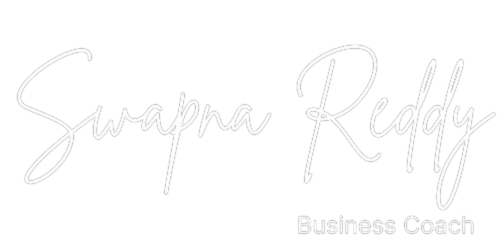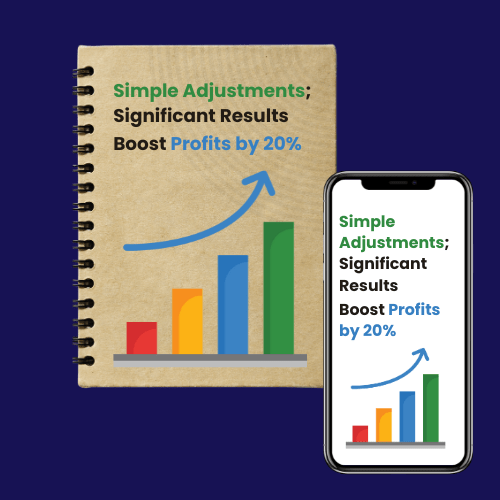In a world where professional competition is at an all-time high, standing out is no longer just a nice-to-have—it’s essential. With over 900 million professionals on LinkedIn, this platform has become the ultimate destination for networking, job hunting, thought leadership, and personal branding. But here’s the best part: you don’t need to break the bank with premium subscriptions to leverage the power of LinkedIn. The platform’s free tools are powerful enough to help you craft a winning personal brand that gets noticed by the right people. Building a personal brand on LinkedIn is about more than just having a polished profile. It’s about showcasing your expertise, sharing your insights, and creating meaningful connections. If you’re ready to make your LinkedIn profile work for you, here are five actionable strategies to get you started. 1. Optimize Your LinkedIn Profile: First Impressions are Everything Your LinkedIn profile is often the first point of contact potential clients, employers, or colleagues have with you, so it’s vital that you make it count. Think of it as your digital resume—but with personality. Start by asking yourself a simple question: What keywords would my target audience use to find someone with my skills? For instance, if you’re in digital marketing, terms like “SEO strategist” or “content marketing expert” should be woven naturally into your headline, summary, and experience sections. Make sure you don’t overdo it—keyword stuffing can make your profile look disingenuous. Instead, aim for a balance that feels organic. Another key tip is to update your profile photo. Your picture is the face of your personal brand, so invest in a high-quality, professional image that radiates approachability. Think about your industry norms: a startup founder might go for a casual yet polished look, while a financial consultant would likely opt for something more formal. Finally, ensure your profile is public. This is especially crucial if you’re looking to be found by recruiters or potential clients. A closed-off profile is like a storefront with no windows—people can’t see what you offer, and you’ll miss valuable opportunities to be discovered in searches. 2. Craft Content That Captivates Your Audience Having an optimized profile is a good start, but it’s not enough to engage your audience. Content is what sets you apart and establishes you as a thought leader. You don’t have to post daily, but what you do share should offer real value to your connections and followers. Start by identifying the key pain points or interests of your target audience. What are they talking about? What problems are they facing in your industry? Once you understand this, tailor your content accordingly. Whether it’s a short post, a long-form article, or a shared piece of news, always strive to add a personal touch or insightful commentary. Engaging content doesn’t have to be strictly text-based either. LinkedIn loves multimedia, and so do its users. Infographics, short videos, and relevant industry images can all boost your visibility and encourage interaction. Think of ways to visually present your expertise—whether it’s a behind-the-scenes look at a project, or an infographic summarizing recent industry trends. Another way to keep your content fresh and engaging is to use storytelling. People are drawn to stories, especially those that provide real-life examples and show vulnerability or success. Share your journey, lessons learned, or case studies that demonstrate your expertise in action. 3. Join Groups That Align with Your Industry Goals LinkedIn Groups are a goldmine for networking and learning. However, too many professionals join groups without engaging, which defeats the purpose. The goal isn’t just to be part of a group—it’s to actively participate and establish yourself as a contributor. Begin by searching for groups in your niche. Use specific keywords like “EdTech marketing” or “healthcare consultants” to narrow down relevant options. Pay attention to the group’s engagement level; a highly active group with quality discussions is far more beneficial than one with thousands of members but little interaction. Once you’re in, don’t be a passive observer. Comment on posts, ask questions, and share your thoughts. For example, if someone in a marketing group asks for advice on a campaign, offer your insights or experiences. Over time, this positions you as an expert, and other members will begin to recognize you as a go-to resource. Additionally, LinkedIn Groups can serve as an excellent place to promote your content. While you should avoid spamming, sharing a relevant blog post or article that you’ve written can showcase your expertise and drive traffic back to your profile. 4. Expand Your Network Strategically Connections matter on LinkedIn, but the quality of your network is far more important than the quantity. Aim to build a network of professionals who not only share your interests but can also offer meaningful interactions. When sending a connection request, personalize your message. Avoid generic lines like “I’d like to add you to my network.” Instead, reference something specific about the person’s profile, recent post, or shared connection. For example, “Hi John, I noticed you’ve been working on AI-powered marketing tools, which is an area I’m deeply interested in. Would love to connect and exchange insights!” Beyond connection requests, another great way to grow your network is to comment on thought leaders’ posts.Thoughtful comments can lead to discussions, which can then lead to new connections. Engaging with others’ content shows that you’re an active and interested member of the LinkedIn community, which naturally attracts more connections over time. 5. Leverage LinkedIn’s Messaging Features for Direct Outreach Building a network is one thing, but nurturing relationships is another. LinkedIn’s messaging feature is an often underused tool that can help you strengthen your connections and turn casual relationships into valuable professional ones. Whenever you connect with someone new, don’t just leave it there. Send them a short message introducing yourself and explaining why you’re excited to connect. Something as simple as “Thank you for connecting, I’m looking forward to learning from your posts!” can start a meaningful conversation. If you’re reaching out to someone for the











